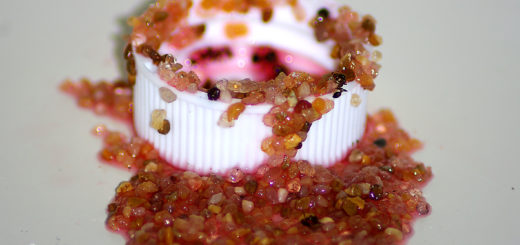Exploring Tibetan ants
In their paper “Cryptic species of the Myrmica tibetana complex (Hymenoptera: Formicidae) revealed by integrative taxonomy” published in Myrmecological News in August 2018, Bernhard Seifert, Roland Schultz, Markus S. Ritz, and Christiane M. Ritz analysed a complex of cryptic species of the genus Myrmica that is confined to the Tibetan Plateau and also discovered a new species, Myrmica gebaueri sp.n.
A Photoblog contribution compiled by Bernhard Seifert with photos of Hermann Ansorge, Roland Schultz, and Karsten Wesche 
The PaDeMoS-Expedition team with Tibetan monk. From left to right: Bernhard Seifert, Eugen Görzen, Georg Miehe (expedition leader), Elke Seeber, Gwendolin Heberling, Karsten Wesche (expedition leader), Sabrina Träger (?), Maika Holzapfel, Tibetan monk, Hanna Meyer, Hermann Ansorge, Yue Wang, Wu Tun (Chinese bus driver), Roland Schultz. (© Roland Schultz)

Tibetans and Yaks in a settlement near the Sazin Gömpa Monastery. (© Hermann Ansorge)

Yaks on an intensively grazed pasture. Overgrazing is one of the problems of the largest high-mountain grassland of the world. (© Hermann Ansorge)

Marmota himalayana – one of the four Palaearctic marmot species. (© Hermann Ansorge)

The expedition team as guests of a Tibetan family. Elke Seeber, as old friend of the family, is honoured with a golden instead of a silver scarf. (© Karsten Wesche)

Tibetan food differs from German food … Bernhard Seifert and Hermann Ansorge (© Karsten Wesche)

July sun is brute at 4000 meters and 38° N. Bernhard Seifert and Roland Schultz recording habitat parameters of a study plot. (© Karsten Wesche)

Measuring soil temperatures. One element of the project was comparing abiotic habitat variables of high grasslands in Tibet and Europe. (© Roland Schultz)

A pleasant river crossing cools the feet. (© Roland Schultz)

Tents of Tibetan herdsmen in the traditional making. (© Roland Schultz)

Probing the rock-hard Kobresia soil. Kobresia forms crusts, which are almost impenetrable. Where is the nest entrance? (© Roland Schultz)

The beautiful Stellera chamaejasme is toxic and not consumed by livestock and wild mammals. (© Roland Schultz)

Z-stack photo of the head of Myrmica gebaueri n.sp. (© Senckenberg Museum of Natural History Görlitz)






Recent Comments